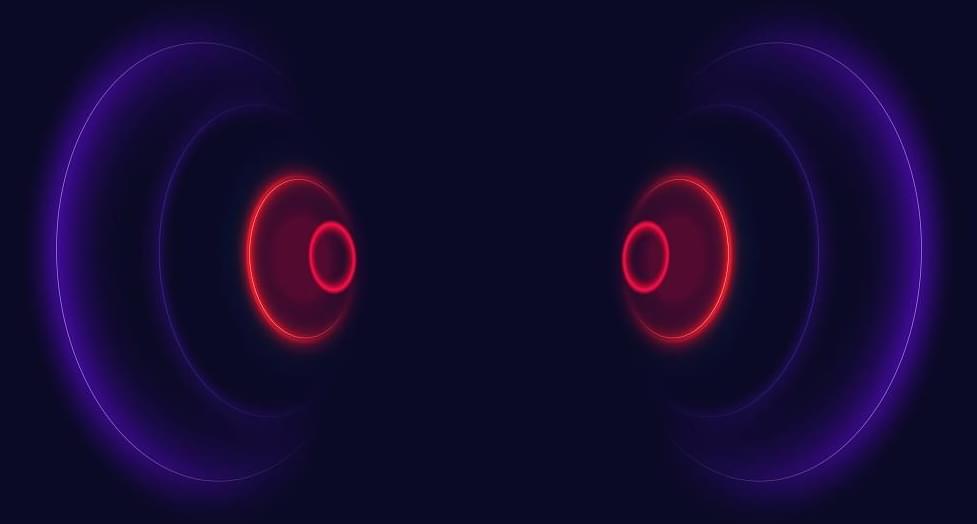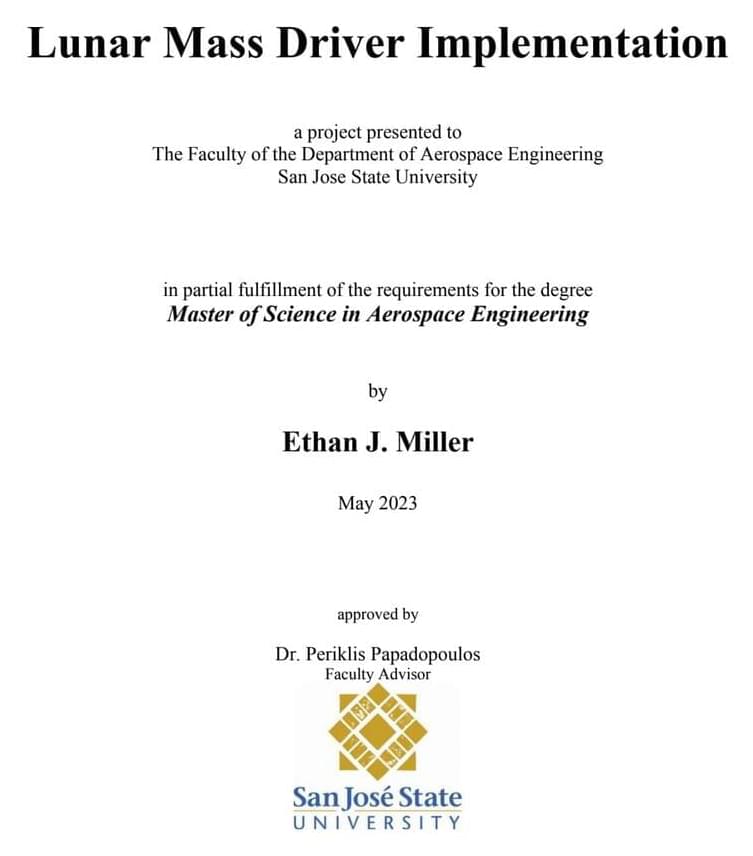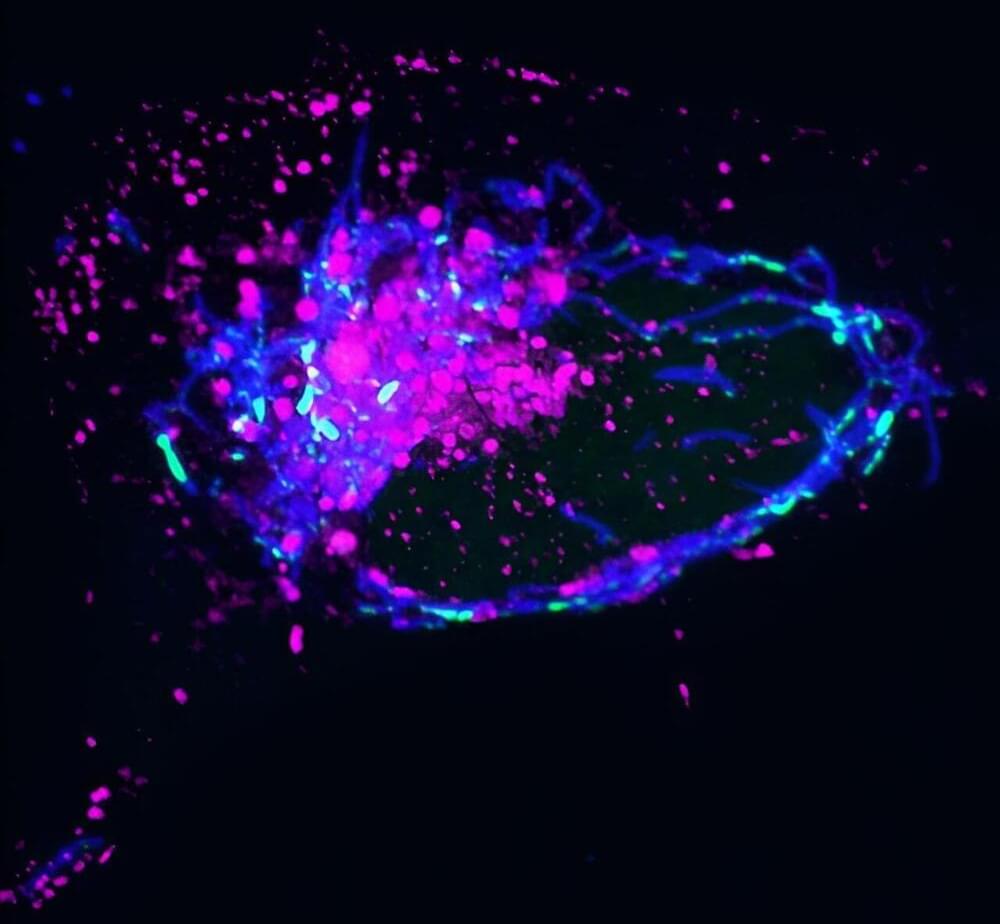IFixit went inside the Vision Pro to count every pixel.
Chinese EV maker Geely is launching a 4WD version of its Radar RD6 electric truck that will rival the Cybertruck. According to the brand’s CEO, it will have similar acceleration to Tesla’s Cybertruck while carrying heavy loads.
Geely, the parent company behind Volvo, Polestar, ZEEKR, and others, launched its Radar brand in 2022.
The brand is touted as “China’s first pure electric outdoors lifestyle vehicle brand.” Its first electric adventure vehicle, the RD6, began rolling out in China in September, starting at RMB 178,800 ($25,000).
ScrubMarine, a pioneering marine sector startup, is diving headfirst into the inaugural cohort of Heriot-Watt University’s DeepTech LaunchPad. The company, led by engineer Clyne Albertelli, is making waves with its underwater robot designed to combat biofouling—a persistent challenge for the shipping industry.
Biofouling is the accumulation of microorganisms, plants, and algae on marine vessels. It poses significant threats to hull structures and propulsion systems.
ScrubMarine’s autonomous underwater robot is on a mission to scrub away these challenges, promising to cut fuel costs, reduce maintenance needs, and minimize environmental impact for ships, boats, and submarines.
A coating that can hide objects in plain sight, or an implant that behaves exactly like bone tissue. These extraordinary objects are already made from metamaterials. Researchers from TU Delft have now developed an AI tool that not only can discover such extraordinary materials but also makes them fabrication-ready and durable. This makes it possible to create devices with unprecedented functionalities.
They published their findings in Advanced Materials (“Deep Learning for Size-Agnostic Inverse Design of Random-Network 3D Printed Mechanical Metamaterials”).
The properties of normal materials, such as stiffness and flexibility, are determined by the molecular composition of the material, but the properties of metamaterials are determined by the geometry of the structure from which they are built. Researchers design these structures digitally and then have it 3D-printed. The resulting metamaterials can exhibit unnatural and extreme properties. Researchers have, for instance, designed metamaterials that, despite being solid, behave like a fluid.
Quantum computing has been hailed as a technology that can outperform classical computing in both speed and memory usage, potentially opening the way to making predictions of physical phenomena not previously possible.
Many see quantum computing’s advent as marking a paradigm shift from classical, or conventional, computing. Conventional computers process information in the form of digital bits (0s and 1s), while quantum computers deploy quantum bits (qubits) to store quantum information in values between 0 and 1.
Under certain conditions, this ability to process and store information in qubits can be used to design quantum algorithms that drastically outperform their classical counterparts. Notably, quantum’s ability to store information in values between 0 and 1 makes it difficult for classical computers to perfectly emulate quantum ones.
A new study claims that low-frequency ultrasound can reverse aspects of replicative and chemically induced senescence in vitro [1].
The age-related increase in senescent cell burden is thought to contribute to many processes of aging. Most of the attempts to deal with it involve senolytics: drugs that eliminate senescent cells.
However, it may be possible to re-educate them instead. Senomorphics are compounds that change senescent cells in a way that renders them benign, but they are much less common. The authors of this new pre-print study (it has not yet been peer-reviewed) claim to have found an even more impressive way to solve the senescent cell problem: by rejuvenating them with ultrasound.
Last fall, NASA’s Mars rover spotted a massive spot on the surface of the Sun — and now, that ginormous maw is looking directly at the Earth.
First reported by SpaceWeather.com, the sunspot is expected to blast a coronal mass ejection (CME) out towards Earth and will be “not just a near miss, but an actual glancing blow.”
CMEs occur when storms on the surface of the Sun blast plasma out into the solar system, leaving planets in its path — including our own Earth — to handle the geomagnetic consequences.
Ethan.Miller-Su23.pdf
Posted in futurism
Cells in the human body contain power-generating mitochondria, each with their own mtDNA—a unique set of genetic instructions entirely separate from the cell’s nuclear DNA that mitochondria use to create life-giving energy. When mtDNA remains where it belongs (inside of mitochondria), it sustains both mitochondrial and cellular health—but when it goes where it doesn’t belong, it can initiate an immune response that promotes inflammation.
Now, Salk scientists and collaborators at UC San Diego have discovered a novel mechanism used to remove improperly functioning mtDNA from inside to outside the mitochondria. When this happens, the mtDNA gets flagged as foreign DNA and activates a cellular pathway normally used to promote inflammation to rid the cell of pathogens, like viruses.
The findings, published in Nature Cell Biology, offer many new targets for therapeutics to disrupt the inflammatory pathway and therefore mitigate inflammation during aging and diseases, like lupus or rheumatoid arthritis.
Nuclear fusion is a great idea, in principle. In principle, it could solve the energy worries of the world beautifully. The problem is that whenever we’ve tried, getting nuclear fusion to work takes up more energy than it creates. But a team from Japan and the United States just got us a bit closer to our dream of clean energy. They recently succeeded in controlling nuclear plasma in a stellarator by creating a virtual twin. What’s a stellarator, what is digital twin and what did they actually do? Let’s have a look.
The new paper is here: https://www.nature.com/articles/s4159…
🤓 Check out our new quiz app ➜ http://quizwithit.com/
💌 Support us on Donatebox ➜ https://donorbox.org/swtg.
📝 Transcripts and written news on Substack ➜ https://sciencewtg.substack.com/
👉 Transcript with links to references on Patreon ➜ / sabine.
📩 Free weekly science newsletter ➜ https://sabinehossenfelder.com/newsle…
👂 Audio only podcast ➜ https://open.spotify.com/show/0MkNfXl…
🔗 Join this channel to get access to perks ➜
/ @sabinehossenfelder.
🖼️ On instagram ➜ / sciencewtg.
#sciencenews #science #technews #tech








